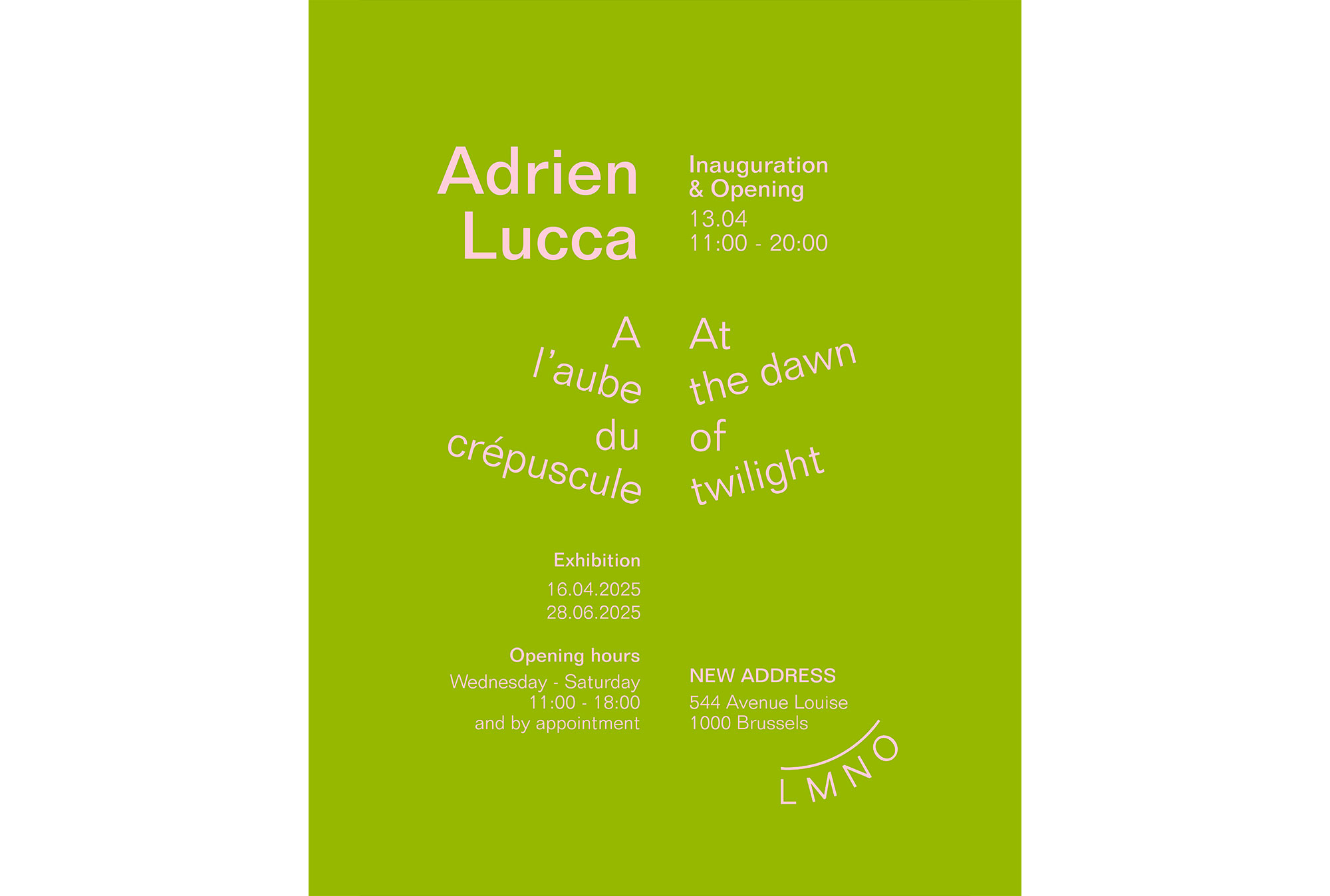April 13 - June 28, 2025
A l'aube du crépuscule / At the dawn of twilight

The Dawn of Twilight
Exhibition-Essay
In our temperate latitudes, each evening begins with a process during which the sunlight diminishes, changes color, and finally disappears. The sky's light, echoing that which has just faded, continues to decline for nearly an hour at times – this is twilight. The moon, if present, continues to illuminate the night alongside the stars.
With dawn and sunrise, it is at this moment of the day that the intensity and color of light vary the most. It is also when we gradually lose our sight. Yet for flora and countless nocturnal animal species, it marks the beginning of a day of activity within the night.
Even without the moon, the night sky is luminous: it is blue, yellow, orange, and pink just like the daytime sky – but with stars. We are not able to see it, but insects can. The light and colors they perceive are not the same as ours and, unfortunately, the artificial lighting we use at night can impair their visual abilities.
_
In the context of the research project and residency entitled S+T+ARTS in the City organized by Gluon in Brussels in 2024, I embarked on a study of the vision of a nocturnal insect known for its exceptional sensitivity to light and color at night: the Elephant Hawk-moth (Deilephila elpenor). Even under the faint light of the Milky Way alone, with only a few thousand photons per second reaching its retina, Deilephila perceives the colors of its environment. This moth is therefore a pertinent model for examining the light and colors of the night as well as the problem of light pollution.
The effect of artificial lighting – notably LEDs, which have replaced older lighting technologies – remains insufficiently studied and understood. Yet it can be demonstrated that, in the eyes of Deilephila, this lighting alters, or in the worst cases makes disappear, the color of many flowers.
_
I have gathered in this exhibition the fruit of my research over the past year. First, it is about visually immersing oneself into the luminous and chromatic environment of the insect. Paintings and light sculptures thus explore the spatio-temporal variation of natural light. Next, the shapes and colors perceived by the insect are the subject of speculative studies on paper, which are themselves compared with older works. Can one “paint” animal vision? And can art contribute, with its own tools, to scientific research? Then, a luminous volume offers a basis for imagining an urban artificial light source that is “biophilic,” more respectful of nocturnal life. Finally, an experiment in which plants grow under the light of a spectral keyboard aims to make us aware that beyond the appearance of the plants and flowers we usually perceive, there are visual realities parallel to our own.